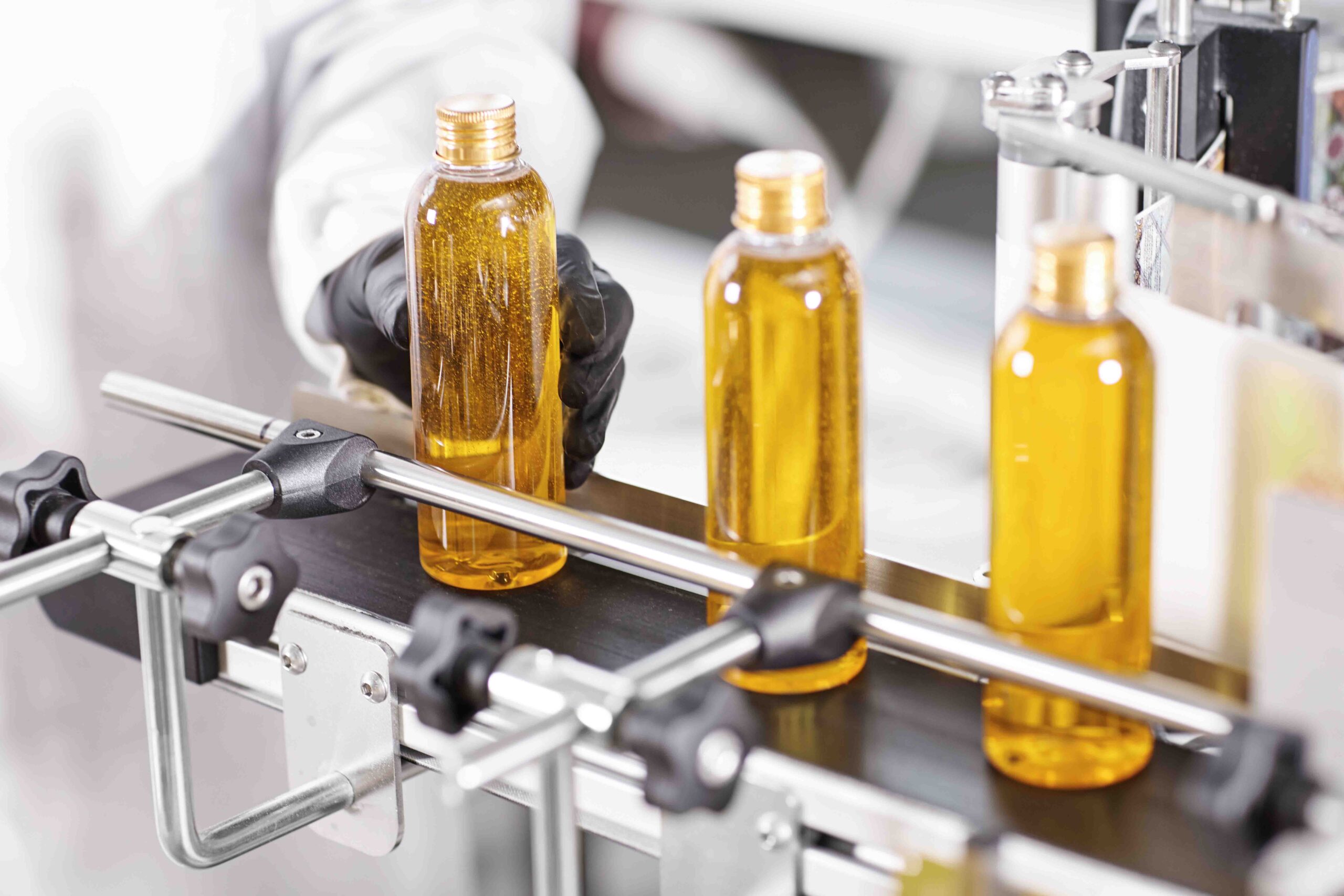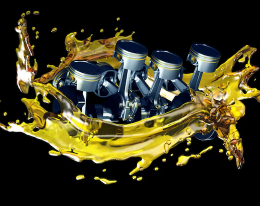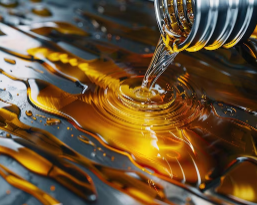Industry Challenge: Dual Demands of Metalworking
Metalworking fluids (MWFs) must simultaneously address extreme pressure (EP) lubrication during cutting, stamping, or grinding operations and inter-process corrosion protection. However, traditional EP additives (e.g., sulfurized compounds) often corrode metal surfaces, while rust inhibitors (e.g., carboxylic acid amines) may compromise lubricity. Bridging this conflict through synergistic optimization has become a critical focus for the industry.
- The Chemical Tug-of-War Between EP Agents and Rust Inhibitors
1.1 Sulfur-Based EP Agents
Mechanism: React with metal surfaces under high heat to form iron sulfide (FeS) films, reducing friction.
Drawback: Residual sulfur ions accelerate corrosion, particularly on non-ferrous metals like aluminum.
1.2 Rust Inhibitors
Mechanism: Adsorb onto metal surfaces via polar groups, forming a protective barrier against moisture and oxygen.
Trade-off: Overuse can block EP film formation, leading to tool wear.
Case Example: A steel gear manufacturer reported 15% shorter tool life after increasing rust inhibitor dosage by 20%, highlighting the delicate balance required.
- Three Technical Pathways for Synergy
2.1 Molecular Hybridization
Solution: Design molecules integrating EP and anti-corrosion functionalities.
Thiocarboxylic Acid Esters: Combine sulfur (EP) and carboxyl groups (rust inhibition). Trials show a 20% increase in tool lifespan and zero corrosion on aluminum workpieces after 72 hours.
Phosphorus-Nitrogen Additives: Reduce copper corrosion by 40% compared to traditional chlorinated EP agents.
2.2 Optimized Blending Ratios
Experimental Findings: A 1:3 mass ratio of rust inhibitor (e.g., borate esters) to sulfurized isobutylene (EP agent) lowers friction coefficients by 15% and extends corrosion protection to 48 hours.
Rule of Thumb: For cast iron machining, prioritize EP agents; for aluminum, lean toward rust inhibitors.
2.3 Nano-Carrier Technology
Mechanism: Encapsulate EP agents in silica nanoparticles and rust inhibitors in polymer microcapsules for controlled release.
Field Results: A CNC machining workshop extended fluid replacement intervals from 1 week to 3 weeks using this technology, reducing waste by 60%.
- Regulatory Pressures Driving Innovation
3.1 Phase-Out of Chlorinated Additives
EU REACH Restrictions: Ban short-chain chlorinated paraffins (SCCPs), pushing adoption of chlorine-free EP systems.
Alternative: Molybdenum dialkyldithiocarbamate (MoDTC) paired with phosphate esters achieves comparable EP performance without corrosion risks.
3.2 Bio-Based Solutions
Emerging Trend: Plant-derived esters (e.g., soybean oil-modified EP agents) and bio-degradable rust inhibitors (e.g., polyaspartic acid derivatives) align with circular economy goals.
- Case Study: Solving Corrosion in Automotive Aluminum Machining
Problem: A Tier-1 automotive parts supplier faced pitting corrosion on aluminum transmission housings and rapid tool wear.
Root Cause:
Sulfur-based EP agents reacted with aluminum, forming corrosive byproducts.
Overcompensation with amine-based rust inhibitors disrupted lubrication.
Solution:
- Replaced sulfur EP agents withphosphorus-nitrogen hybrid additives.
- Switched tosilane-based rust inhibitorsfor aluminum compatibility.
Outcome:
Corrosion eliminated (0% defect rate).
ooling costs reduced by 30%.
- Future Outlook
5.1 Smart Additives
pH-Responsive Systems: Additives that activate EP or corrosion protection based on real-time fluid pH changes.
IoT-Enabled Monitoring: Sensors detecting additive depletion to trigger automated replenishment.
5.2 Sustainability-Driven R&D
Closed-Loop Systems: Additives enabling fluid regeneration for zero-waste machining.
Carbon-Neutral Certification: Bio-based additives with verified lifecycle emissions reductions.
Conclusion
The synergy between EP agents and rust inhibitors is a molecular-scale balancing act. Success requires leveraging hybrid chemistries, nano-engineering, and regulatory foresight. As industries shift toward lightweight materials (e.g., aluminum, magnesium) and stricter sustainability mandates, additives that unify performance, safety, and eco-compliance will dominate the next era of metalworking fluids.





